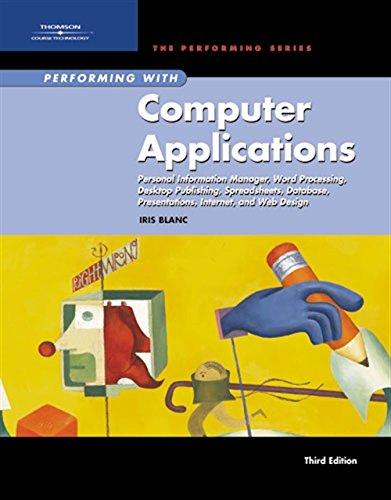Answered step by step
Verified Expert Solution
Question
1 Approved Answer
Write a complete C++ program that implements an open addressing Hash Table . Let the size of the keys n be a user specified input.
Write a complete C++ program that implements an open addressing Hash Table. Let the size of the keys n be a user specified input. Consequently, let the size of the Table m to be set as 3/2 n. You code:
- needs to support the search, insert and delete operations.
- must use the delete marker idea to efficiently deal with the delete operation.
- needs to ask the user to enter the total number of keys to be inserted n.
- needs to set m to equal 3/2 n.
- should generate the n keys randomly in the range [1,..., 100000] and print them.
- must use the double hashing collision resolution method. Use h1(k) = k mod m, h2(k) = R - k mod R, where R is a generated prime number that is just less than m. You should print these functions.
- must insert all the randomly generated keys. Your code must calculate and print the total number of collisions while inserting the keys.
- must provide a menu to the user that allows to perform some additional operations like inserting new key, delete a key or searching for certain key until the user choose to quit such menu and consequently ends your program. Note: for each performed operation above, you need to print the Hash table or show information from the hash table to demonstrate that such requested operation was successful.
Your final submitted code and report should include some sample results that demonstrate that your code is successfully and correctly working. You need to present 3 samples.
Step by Step Solution
There are 3 Steps involved in it
Step: 1

Get Instant Access to Expert-Tailored Solutions
See step-by-step solutions with expert insights and AI powered tools for academic success
Step: 2

Step: 3

Ace Your Homework with AI
Get the answers you need in no time with our AI-driven, step-by-step assistance
Get Started


